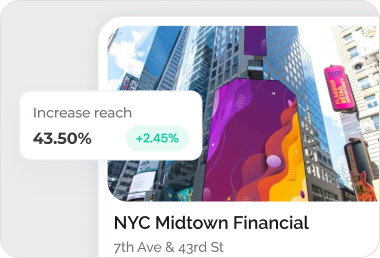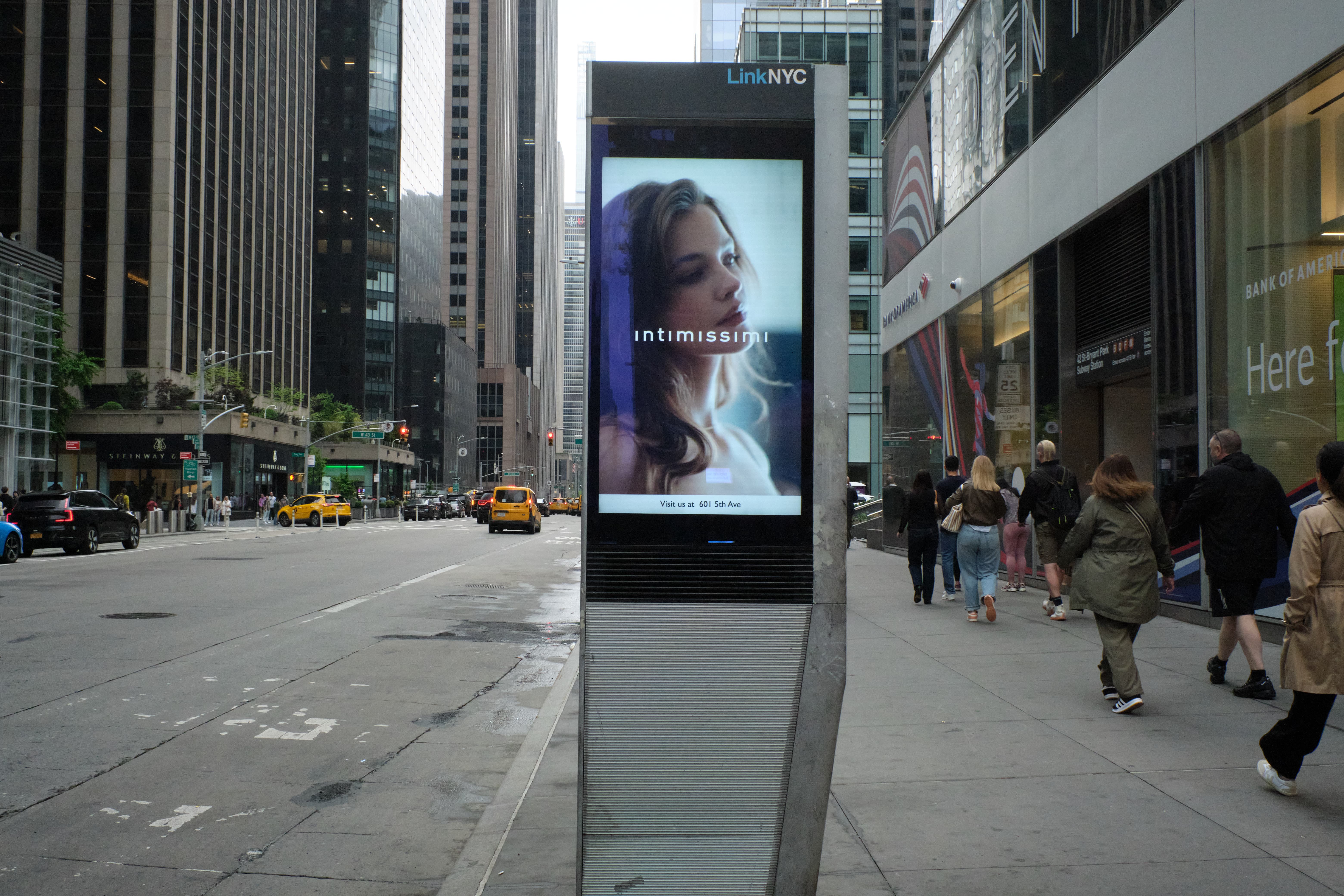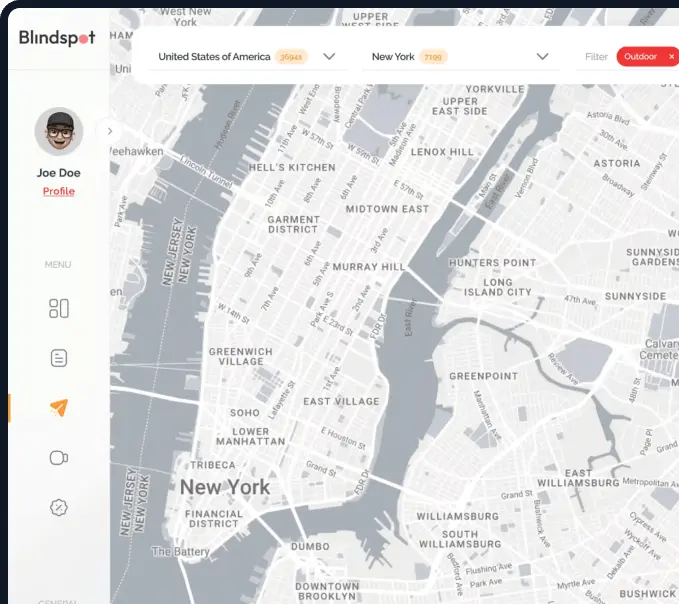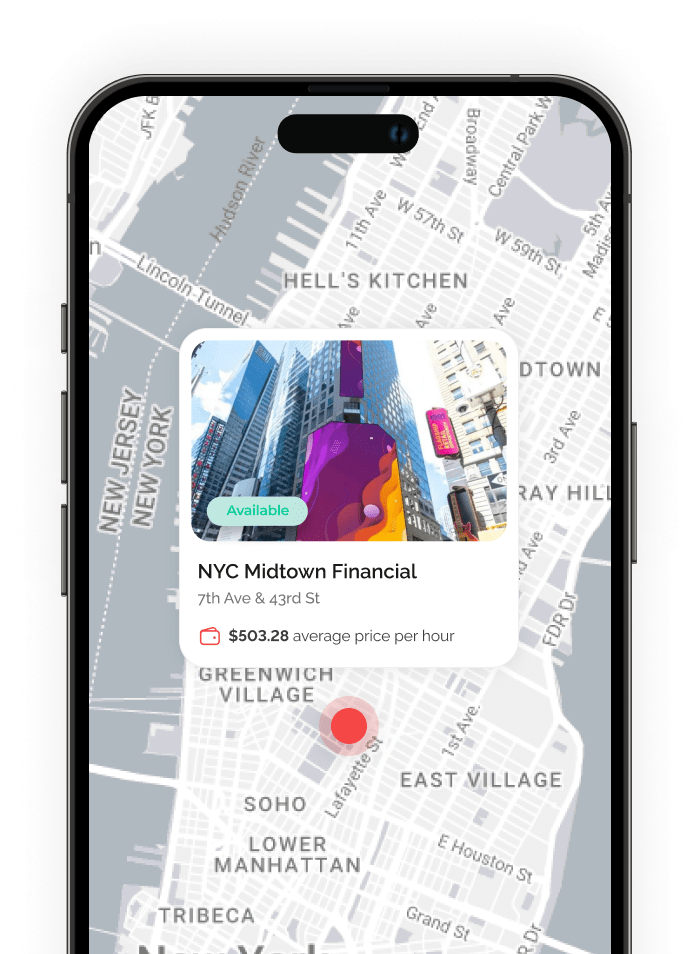Pepsi & Blindspot — Driving a 168% Sales Surge with In-Store DOOH

Pepsi wanted to boost in-store purchases of Pepsi and Pepsi Max without relying on discounts or bundled offers. The campaign’s objective was to drive impulse buying behavior inside grocery and hypermarket environments, places where beverage competition is dense and shelf space is loud.
The biggest challenge was standing out in crowded retail aisles and creating real-time impact during a short, seven-day flight, using only digital screens and no price promotions.
Reaching Shoppers When Thirst Meets Decision
The campaign focused on thirst-driven shoppers making quick, low-consideration decisions while in-store. These audiences respond best to contextual prompts near fridges, checkout lines, and beverage aisles. The strategy was built around intercepting them at the exact moment of decision, where timing could turn attention into action.
Smart Strategy: Context Over Discounts
Blindspot designed a point-of-sale-first DOOH strategy, combining behavioral targeting with high-visibility placement. Screens inside partner supermarkets and hypermarkets were mapped to beverage and impulse-purchase zones.
Rather than broad awareness messaging, creative focused on simple, time-sensitive cues that encouraged instant refreshment decisions. Blindspot’s programmatic delivery allowed Pepsi to run ads only during peak shopping hours, maximizing efficiency within the condensed timeline.
Refreshing the Sales Curve
Across hundreds of high-traffic grocery screens, the Pepsi creative ran continuously near fridges, beverage shelves, and checkout paths, ensuring maximum exposure at the point of sale.
The results were immediate:
- Stores featuring DOOH screens recorded a 168% increase in Pepsi and Pepsi Max sales during the seven-day campaign window compared to the prior week.
- Even after the campaign ended, stores maintained a +10% sales lift, showing lasting brand preference and repeat purchase behavior.
The messaging effectively triggered real-time purchases, aligning with impulse buying patterns observed near decision zones. By combining contextual timing with precise placement, Blindspot’s in-store DOOH network transformed a short retail burst into a measurable sales surge.
Context Beats Pricing
The Pepsi campaign demonstrated that context beats discounting when it comes to in-store engagement. By targeting high-intent shoppers exactly where and when decisions are made, digital out-of-home can drive immediate, measurable sales lift without any price-cutting.
Post-campaign analysis further confirmed DOOH’s role in shaping sustained buyer behavior. Even a brief activation can deliver durable impact when creative relevance and placement strategy align. The takeaway: retail DOOH isn’t just awareness media, it’s a conversion channel.


